- Learning time
- 10 minutes
- First play time
- 20 minutes
Fugitive
Designed by: Tim Fowers
Fugitive is a two-player game where one player is the fugitive and the other the Marshall, chasing them down.
The game is made up of a deck of hideout cards numbered from zero to 42. The zero is placed face-up on the table as the start of the ‘centre row’ – the trail the Marshall is following. The fugitive begins the game with a small hand of cards (always 1-3, and the 42 plus five more random) and the Marshall with none, but a pen and pad for crossing off numbers. In the opening round the fugitive plays at least one (and two is more sensible) hideout cards face-down on the centre row, following the rules below. The Marshall picks up two hideout cards and can guess one (or more) hideout cards, following the guessing rules below.
When the fugitive adds a hideout card to the centre row, they can play a single card as long as it is not more than three higher than the previous card (so at the start, the previous hideout is effectively the zero card). However, they can play more cards as sprints: however many footprints their are on the cards you play as sprints defines how many numbers higher your hideout card may be.
When the Marshall guesses, they can guess one or more hideout numbers (they don’t guess sprint card numbers) and if they are successful, the fugitive must reveal the hideout cards. But if they guess more than one number, all their guesses must be correct, otherwise the fugitive can simply say no and keep their hideouts hidden.
After the first round, each player picks up a single card on their turn, before the fugitive adds – if they can, and want to – another hideout, or the Marshall has another guess. The Fugitive wins by reaching the number 42 card – which they play face-up – and the Marshall wins by successfully guessing all face-down hideouts. The Marshall can even win after the fugitive reaches the 42: if the previous face-up hide-out is lower than 29, there is a Manhunt rule where the Marshall can still win by successfully guessing – with no wrong guesses! – all the hidden hideouts.
Finally, there are Event cards that can be shuffled into the decks, with different rules for implementing them in different ways.
The guru's verdict
-
Take That!
Take That!
It's head to head, but it's not exactly a battle. There's not a lot of scope for anyone to feel got at.
-
Fidget Factor!
Fidget Factor!
Very little. You're only waiting for one other person to take their turn, and turns are pretty fast.
-
Brain Burn!
Brain Burn!
As the Fugitive, you want to keep moving, but you don't want to end up with no cards, so there's a balance to be struck. As the Marshall, your role is more deductive, but although there is a little maths involved in working out how far the Fugitive *may* have moved, it's not too heavy.
-
Again Again!
Again Again!
There's variety here in how the cards come out, how you incorporate the Event deck (which can be played in Catch Up mode, so whoever is weakest when an event happens gets a little boost) and even strategy, for the Fugitive side at least: you can race, take your time, and bluff sprint cards to throw the Marshall off the scent.



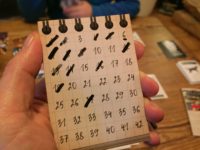


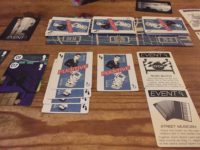


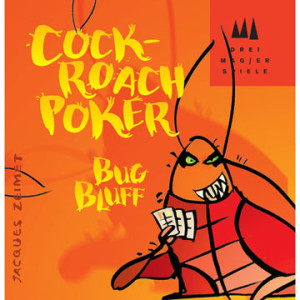

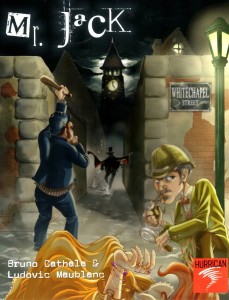
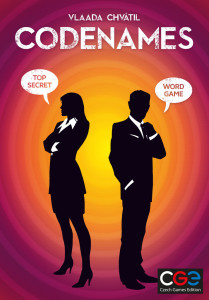

Sam says
It's simple, but we've found Fugitive really more-ish, playing it six times straight the first day we broke it out of the box! I love the ramping up of tension here, and although it is possible for the Fugitive to be caught early on, the game is constructed in such a way that it's often a tense, nail-biting finish - often involving a Manhunt. Really fun, this one.